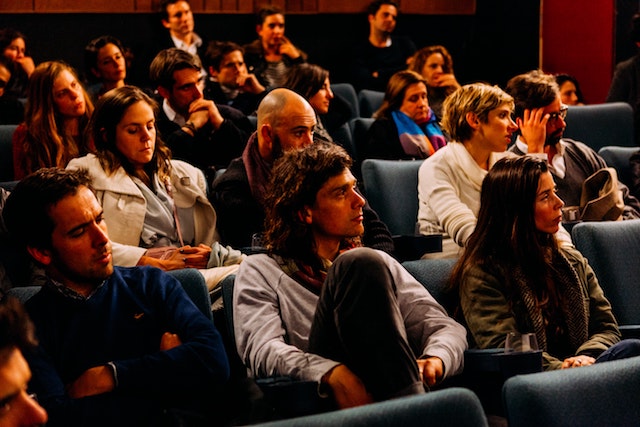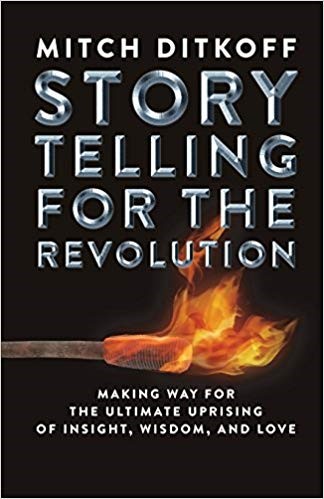On Reading an Audience

Astrologers read stars. Meteorologists read weather. Palm readers read palms. And storytellers? They read people. At least, good storytellers do. No matter how many times they have told a story, the way they tell it depends on the subtle cues they are picking up (or not) from their audience. Attuned to the signals their listeners are putting out, good storytellers adapt and adjust their delivery accordingly.
Simply put, storytelling is a lot like dancing. It is alive and dynamic. It is not a static art form, not a canned speech, not the repetition of memorized words. Rather, it is an in-the-moment expression designed to move people. And while it is true that, just like dancing, there are steps, patterns, and structures to be mindful of, the difference between a good story and a great story is often a function of the storyteller's ability to improvise.
How does this spontaneity happen? What is the responsive storyteller paying attention to in order to make the kind of subtle adjustments needed to ensure their story truly has impact?
In a phrase, the in-the-moment feedback being communicated by their listeners -- the subtle cues and signals their audience sends, whether it is one person across a kitchen table or a thousand people in an auditorium. The more the storyteller is able to sense this feedback and adapt, the more successful their storytelling becomes.

What kind of feedback are we talking about? Primarily, two kinds: facial expressions and body language -- the unspoken signals people put out that express their responsiveness (or lack thereof) to what they are seeing, hearing, and feeling.
Like head nods, for example. Like smiles and frowns. Like the way a person looks or doesn't look... or where they look... like the way a person leans forward or backward in their chair... or folds their arms.. or rolls their eyes... or grunts... or sneaks a glance at their cell phone.
All of it matters. All of it communicates its own story to the storyteller.
The more storytellers are able to pick up on these cues, the more they are able to adjust the dynamics of their delivery: How fast to talk, or how slow. Whether to pause, or not, and when. How dramatic to make their voice. When to move. When to be still. When to elaborate on a detail that has caught the audience's fancy. When to dig deeper into a specific plot point. And when to move on.
If you, as a storyteller, are nervous, self-absorbed, seeking approval, or impatient for the whole thing to be over, it will be very difficult to pick up on the signals coming your way. You won't truly be with your audience. While you may be physically inhabiting the same space, metaphysically you will be somewhere else -- off in your own world. Will real communication have taken place? Will the depth of the message you were hoping to convey have landed? Highly doubtful.
Words may have been spoken. Characters may have been introduced. Points may have been made. But the real story will have gone untold.
Post a comment
Thanks for signing in, . Now you can comment. (sign out)
(If you haven't left a comment here before, you may need to be approved by the site owner before your comment will appear. Until then, it won't appear on the entry. Thanks for waiting.)







 If you like this blog, you might also like Mitch's other two blogs:
If you like this blog, you might also like Mitch's other two blogs: 